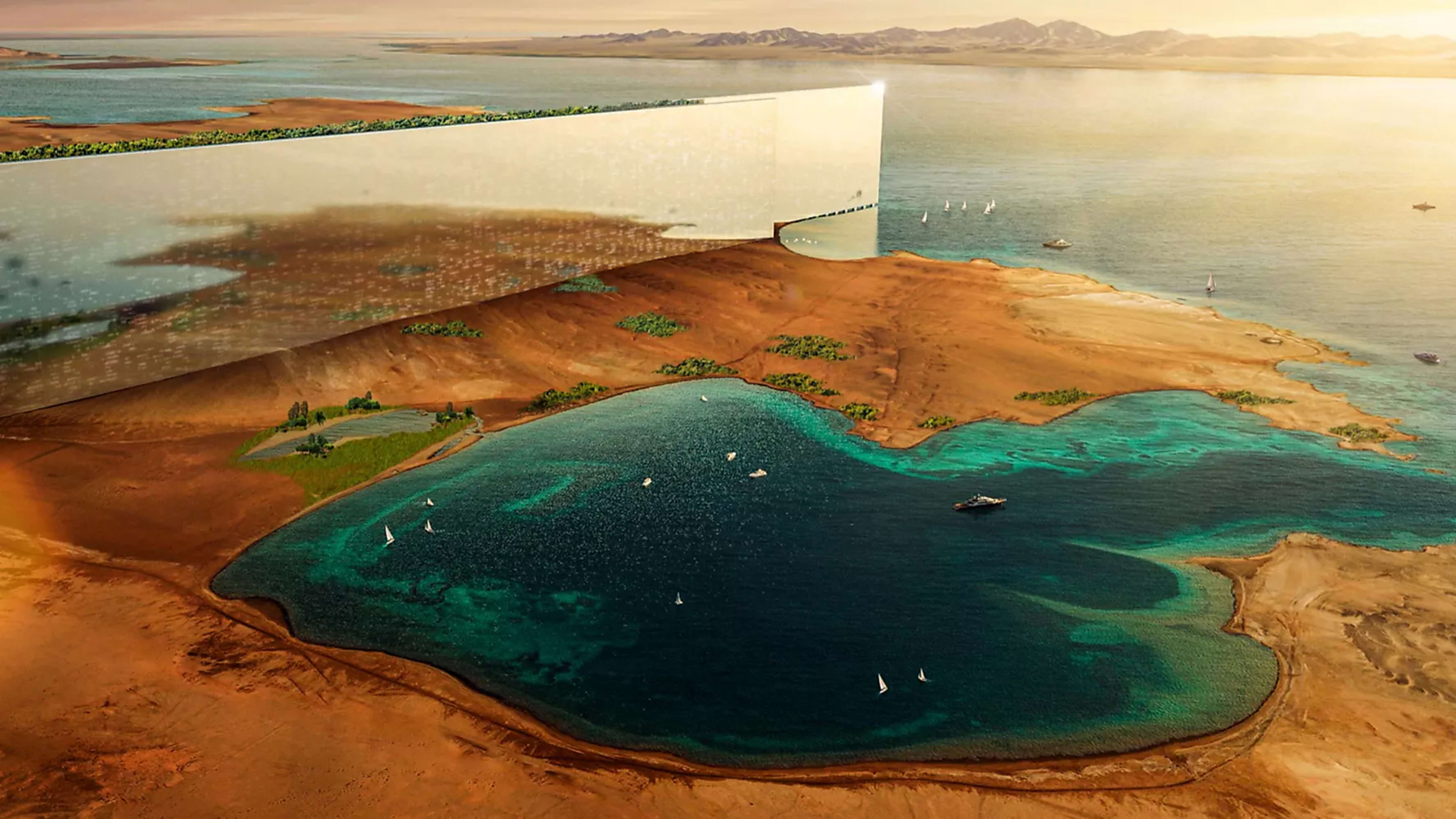Somewhere in the Saudi Arabian desert, construction crews are hard at work on the longest, skinniest, tallest—and some might even say, most hubristic—city in human history. The Line really is underway, if the recent footage released by Neom, the special economic zone/development agency behind the project, is to be believed.
How all of those bulldozers and pile drivers toiling away in the sand will contribute to the city’s zero-emissions status is one of many outstanding questions about The Line. But recent weeks have demonstrated that the project is, at the very least, more than a passing whim.
Much has been written about the ethical, environmental, and economic merits of The Line. But now that shovels are in the ground, perhaps it’s time to take a more serious look at the urban planning of this “model city.”

The Line follows in the wake of a long history of utopian linear cities that haven’t worked out as planned. This is not just a historical quirk. A pair of recent academic studies show why a line is, by its very shape, a suboptimal form for a city.
Recognize your brand’s excellence by applying to this year’s Brands That Matter Awards before the final deadline, June 7.
Sign up for Brands That Matter notifications here.
